My friend Anthony Townsend points me to this great piece by a New York restaurant owner who was trying to figure out why fewer customers were being served per night, and service was slowing down. “We are a popular restaurant for both locals and tourists alike,” the piece say.
Having been in business for many years we noticed that although the number of customer’s we serve on a daily basis is almost the same today as it was 10 years ago, the service just seems super slow even thou we added lots more staff and cut back on the menu items.
Given that slow service is bad for both the restaurant (because it means seating fewer people) and customers (because they don’t like to wait), it was important to figure out what was going on
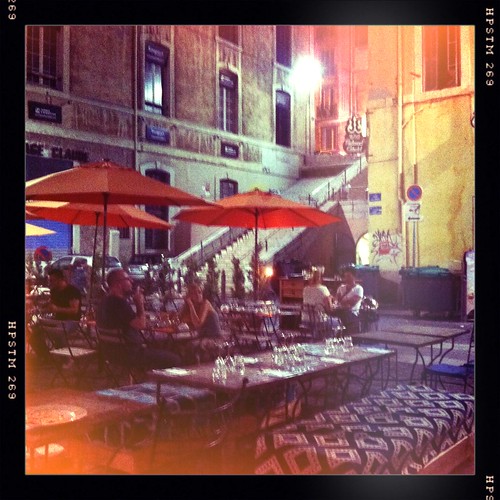
dinner in Marseille, France, 2011
They had some old surveillance camera footage from July 2004— they switched camera systems then, and never took the tapes out— and so they looked at the old tapes, a more recent night’s footage, and compared how long it took to seat people, take orders, get the food delivered, get the check, pay, etc..
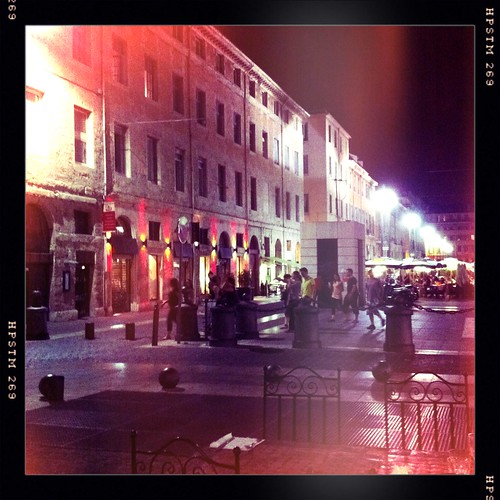
dinner in Marseille, France, 2011
They focused on 45 customers in each sample.

dinner in Marseille, France, 2011
When they started looking into this, they were told by a consultant that they should retrain their staff, get some new cooks— basically, that the trouble was with The Help. But when they looked at the footage, they found a new culprit.
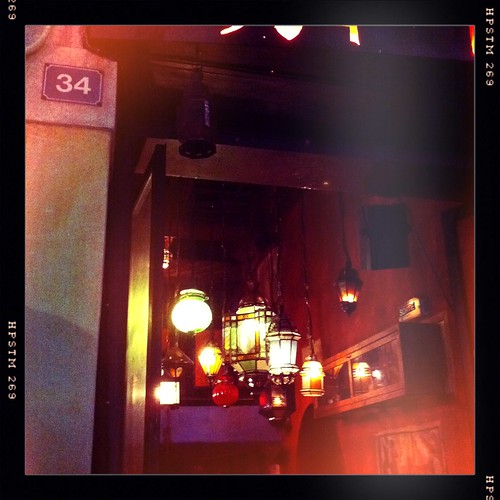
dinner in Marseille, France, 2011
The customers.
Specifically, the customers and their phones.
In 2004, customers spent 8 minutes looking at the menu. The food was delivered in about 6 minutes (though some took longer). They usually paid and left within 5 minutes of getting the check. Even though a couple asked to be reseated, and two sent their dishes back to be heated up more, they spent an average of 1:05 “from start to finish.”

dinner in Marseille, France, 2011
In 2014, customers take 21 minutes before ordering. It’s not because the menu has become three times longer, or is now written in Galician. “Before even opening the menu they take their phones out, some are taking photos while others are simply doing something else on their phone.”
It’s not just that the customers are taking pictures or finishing that last email to the office. There are additional delays as well:
7 out of the 45 customers had waiters come over right away, they showed them something on their phone and spent an average of 5 minutes of the waiter’s time. Given this is recent footage, we asked the waiters about this and they explained those customers had a problem connecting to the WIFI and demanded the waiters try to help them.
In fact, most don’t even look at their menus until the waiter comes over and asks if they’re ready to order, at which point “Customer opens the menu, places their hands holding their phones on top of it and continue doing whatever on their phone.”

dinner in Marseille, France, 2011
Once they order, the food is delivered in about 6 minutes. At that point, 26 out of the 45 take pictures of the food. Another 14 “take pictures of each other with the food in front of them or as they are eating the food.” Each of these actions takes 3-4 minutes. As a result,
9 out of 45 customers sent their food back to reheat. Obviously if they didn’t pause to do whatever on their phone the food wouldn’t have gotten cold.
27 customers had the waiter take a group picture, and 14 had them retake the picture because they weren’t happy with the first one. (One of the other people in the picture was probably on their phone, and so didn’t look up at the right time.) This absorbs another 5 minutes of the waiter’s time, which means other people aren’t getting served.
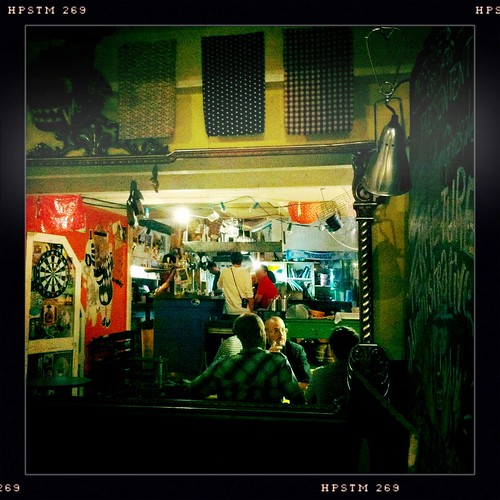
dinner in Marseille, France, 2011
It then takes another 20 minutes between finishing and requesting the check, and 20 minutes to pay rather than 5.
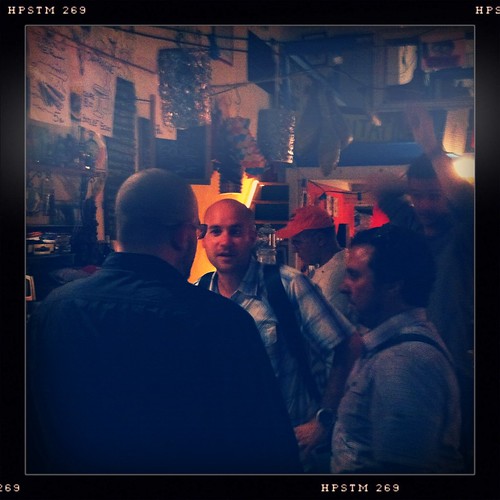
dinner in Marseille, France, 2011
Finally,
8 out of 45 customers bumped into other customers or in one case a waiter (texting while walking) as they were either walking in or out of the Restaurant.
Average time from start to finish: 1:55
So texting while walking, texting at the table, taking selfies, Instagramming the food, the obligatory group picture, etc., adds 50 minutes to the restaurant’s serving time.
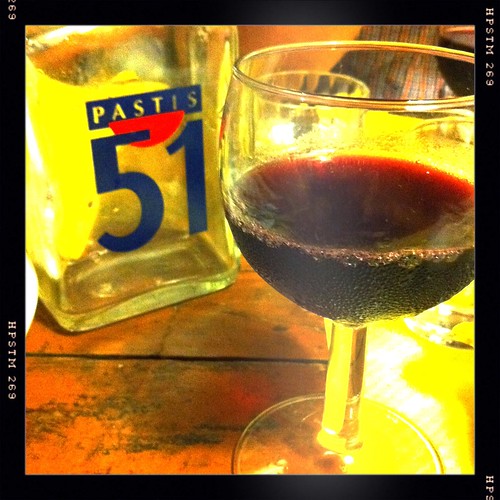
dinner in Marseille, France, 2011
In other words, it’s not the staff at all: the delivery time for the food hasn’t changed, and it doesn’t sound like the wait staff has become dramatically slower. All the extra time comes from patron self-distraction.
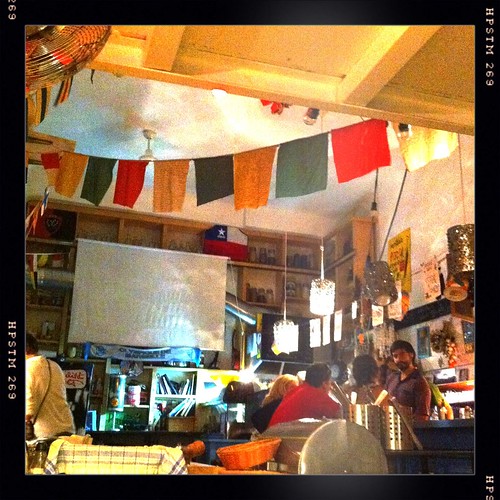
dinner in Marseille, France, 2011
This is a small but brilliant example of how we may justify technologies like smartphones as making our lives easier and more efficient, while in reality— if you broaden your view just a little bit— you realize that that “efficiency” now comes at the expense of other people, and creates other dramatic inefficiencies.
Interestingly, the piece originally appeared on Craigslist, but has been flagged for removal.